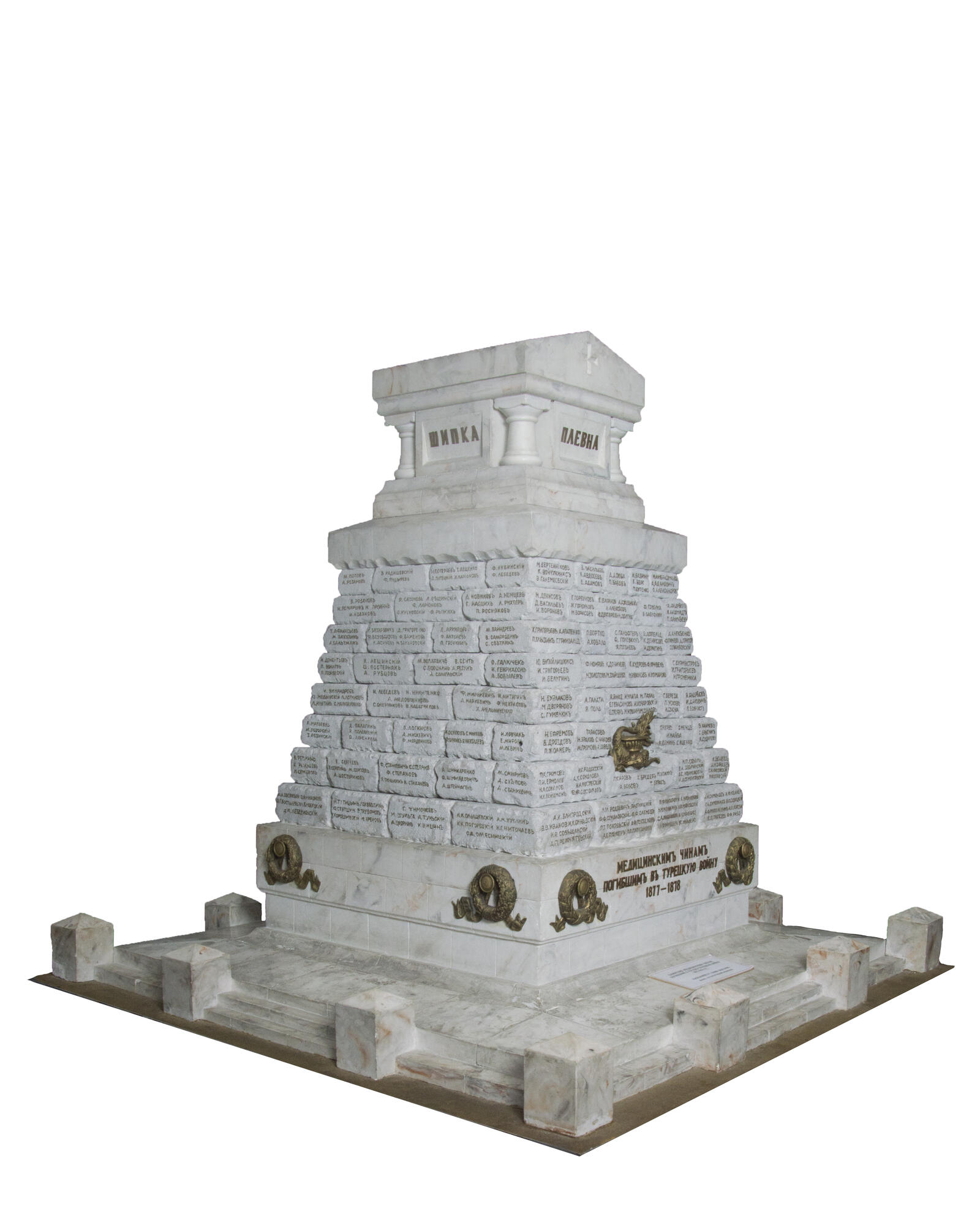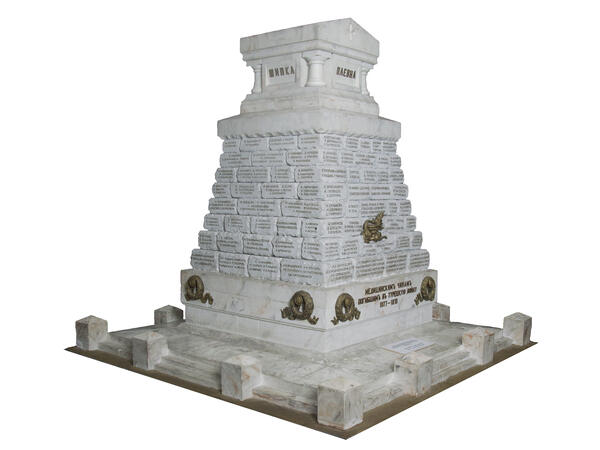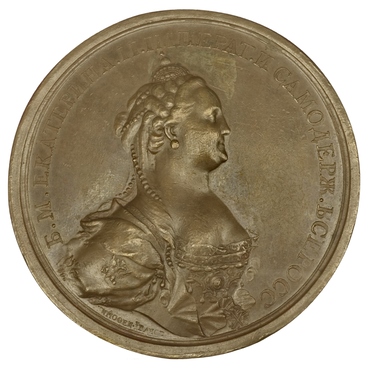The exhibition of the Military Medical Museum houses a model of the monument dedicated to military medics, paramedics, pharmacists and orderlies who died in the Russo-Turkish War of 1877–1878. This memorial, located in Sofia, Bulgaria, is also called the Doctor’s Monument.
During the war between the Russian and Ottoman Empires, Russian troops liberated Bulgaria from Turkish rule. The Russian army lost about 105 thousand people in battles and numerous epidemics. After the war, the surviving veteran doctors decided to erect a monument dedicated to their dead colleagues. Many Bulgarians, grateful for the restoration of the administrative autonomy of the principality, also donated funds for the construction of the monument.
The monument was designed by the Russian academician of Czech origin — an architect Antoniy Tomishko. The preparatory work for the construction of the monument was carried out by the Military Ministry and the Main Military Medical Directorate of Russia. The construction itself was undertaken by the Military Ministry of Bulgaria.
The memorial commemorating military doctors fallen during the War of Independence was opened in 1884, in Sofia, the capital of Bulgaria. The sandstone and granite monument was erected in the central quarter of the city. The garden square, laid out around the monument, was named — ‘Doktorska Gradina’, which means ‘Doctor’s Garden’.
The monument is a four-sided truncated pyramid made of rectangular blocks with the engraving on the base ‘Dedicated to the Medical Ranks Who Lost Their Lives in the Russo-Turkish War of 1877–1878’. The blocks of the pyramid bear the names of 531 deceased: 404 paramedics, 110 doctors, eight veterinarians, eight pharmacists and one student. On top of the monument there is a sarcophagus with relief crosses made by the Italian master Luigi Farabosco. The four sides of the sarcophagus list the bloodiest battlegrounds — Pleven, Mechka, Shipka and Plovdiv.
However, not all medics who died in the Russo-Turkish war of 1877–1878 are perpetuated on the monument. In particular, there are no names of the students attending medical courses for women. They were not on the official list of medical ranks, so the names of the deceased paramedics and Red Cross sisters of mercy were not put on the blocks of the monument.
Monument to medical ranks
Время создания
1964
Размер
96x100x100 cm
Техника
gypsum, foam concrete, artificial marble, metal, wood
Коллекция
6
Открыть в приложении#5
Monument to medical ranks
#2
#6
Ministry of Culture of the Russian Federation
читать дальшескрыть
00:00
00:00
1x
Monument to medical ranks
Время создания
1964
Размер
96x100x100 cm
Техника
gypsum, foam concrete, artificial marble, metal, wood
Коллекция
6
Открыть в приложении
Поделиться



